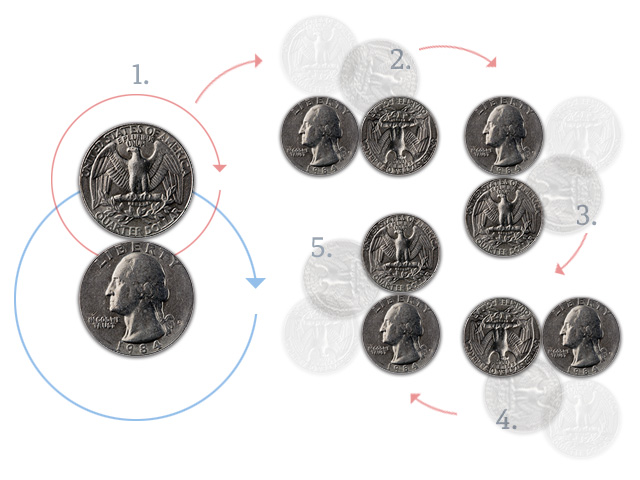Double time-reversal asymmetry could explain weird material behavior
Ars Technica » Scientific Method 2013-01-30

One of the fundamental ideas in physics is the existence of broken symmetries. One famous broken symmetry is the Higgs mechanism, which leads to the prediction of one or more Higgs bosons. In materials, broken symmetries of different sorts lead to magnetism, superconductivity—and a bit of strange behavior that has puzzled physicists for three decades. In one particular material, electrons behave as though they are much more massive than usual, and respond very differently to magnetic fields.
A new model may help resolve the confusion by proposing a different form of symmetry breaking. Ordinarily, if you reverse the direction of time (akin to running a movie backward), then reverse it again, everything comes back to normal. For the particular uranium-rubidium-silicon compound at issue, Premala Chandra, Piers Coleman, and Rebecca Flint argued that symmetry is broken: it will not behave normally even under double time reversal. While a literal double reversing of time isn't possible in the lab, the broken symmetry has a measurable consequence in the distortion of electron orbits in the uranium. If confirmed, this hypothesis could resolve a thirty-year-old mystery.
To understand broken symmetries as they apply to materials, consider an ordinary, non-magnetic solid. The spins of the electrons inside are randomly oriented, meaning that whichever way you look at the material, it appears the same, at least in terms of magnetic properties. That implies it has maximum symmetry.
Read 8 remaining paragraphs | Comments